The filmmakers behind the documentary Barbecue provide lots of food for thought, particularly about the tradition of cooking outdoors. Taking an especially reverent approach, they scour the globe in search of all forms of preparing meat on or near an open fire, with results that should satisfy foodies. But along with shining a light on regional dishes, ranging from the asado of Uruguay to the boodog of Mongolia, they explore its relationships to those who make it and the influence of such factors as history and landscape.
Divided into 12 episodes, the film interviews a different barbecue enthusiast at each location. Such a wide cross section of interviewees leads to equally diverse answers to the question: What do these dishes mean to you? For some, it is a direct reflection of national identity, while for others it serves as a means of passing traditions down to the next generation. To others still, it’s how they earn a living, which can mean a lot for those who are impoverished. The actual cooking processes take between a few minutes for meat on a grill top to several hours of slow roasting.
The globe-trotting nature of Barbecue is easily its most intriguing aspect, as directors Matthew Salleh and Rose Tucker take audiences to corners not widely seen and where the methods of cooking outdoors can be especially unique. In Mongolia, the locals stuff meat and heated stones into the hollowed carcass of a freshly slaughtered marmot or goat, which they then seal up into a kind of roasting bag (which emits some really interesting noises as the food cooks inside). The filmmakers also venture to a ramshackle quarter of Cebu province in the Philippines, where a man prepares crispy-skinned pork known as lechon by roasting entire pigs over a roaring fire.
Along with serving up an impressive range of spectacle, Salleh and Tucker artfully juxtapose certain episodes. The Mongolia setting features shots of serene, wide-open vistas. By contrast, the next stop is a city in Sweden, where the compositions are more cluttered and the overall vibe is much busier. (The Swedes use small, mass-produced, self-contained grilling kits for cooking out-of-doors, which differs greatly from the Mongolians’ more improvised ways.)
Similarly intriguing, albeit more pathos-inducing, is the transition from Armenia, where barbecuing is a means carrying the homeland wherever the interviewees go, to a refugee camp near the border of Syria and Jordan. There, a Syrian chef prepares shawarma, which renews his hopes of returning home someday.
There are times in which barbecue reflects the darker political history of a place, but even then the filmmakers refrain from hitting audiences over the head. The first segment, for example, is in South Africa, where cookouts are said to be popular among both the Afrikaan and indigenous population. Eventually, the camera ventures forth into the surrounding city, glimpsing the two groups still effectively segregated post-apartheid. While it’s true that both engage in barbecuing, they stick to their own: the black South Africans using it as a means of both subsistence and leisure, while for the Afrikaans it’s for relaxation and fun.
Ultimately, the film makes a strong case that the namesake activity is more significant than it’s given credit for. Each chapter ends with a communal meal, often with someone on hand lauding the social gathering aspects of the meal, or postulating that huddling around a fire to cook relates to something primal in man. However, by the third instance of an interviewee stating as much, the point seems labored to death. The music also has a repetitive quality, although it’s appropriately rousing in short bursts.
The filmmakers could have attempted to crosscut between locations, which would have made for a more dynamic narrative, while still making the point that barbecue is loved universally. As is, its episodic structure makes it perfectly fine background viewing during an actual cookout, as it would keep audiences enthralled—right up until the next course comes off the grill.




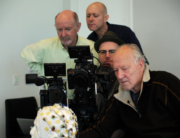

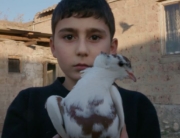
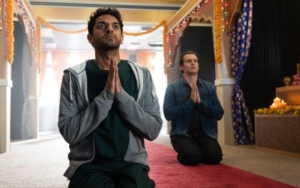
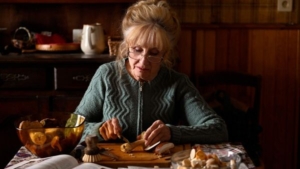



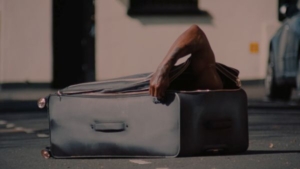




Leave A Comment